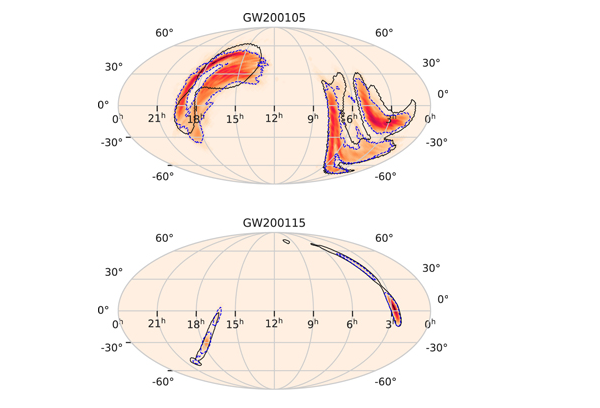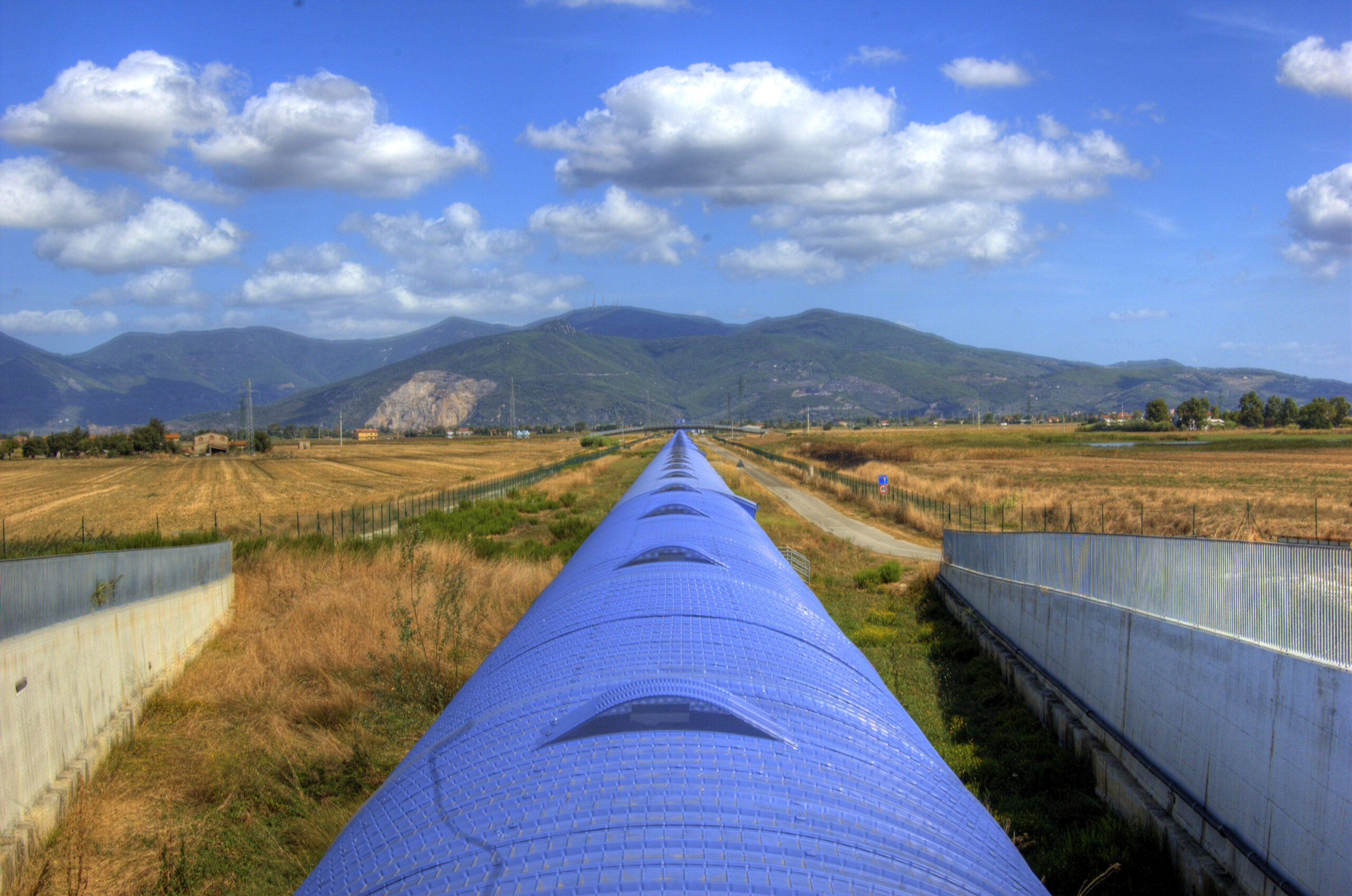For the first time, gravitational waves have been observed created a black hole eating a neutron star seemingly in one bite. Until now, only waves from merging pairs of black holes or colliding pairs of neutron stars have been observed.
The discovery gives insight into a new category of extreme objects in the universe: pairs of a black hole and a neutron star. Astrophysicists assumed these must be there, but they had never been seen. The observations can provide insight into the mechanisms that lead to such pairs.
This was announced by the international LIGO-Virgo collaboration. A publication on the observations will appear in The Astrophysical Journal Letters. Gravitational wave researchers from Nikhef, among others, were closely involved in the analyses of the signals.
Wave patterns
On January 5, 2020, the LIGO detector in Livingston (USA) and Virgo in Italy recorded the first wave patterns, originating from the last moments of the orbiting objects. Ten days later, the two LIGO detectors in the US (Livingston and Hanford) and Virgo saw another such signal.

Gravitational waves are ripples of space itself, which, according to Einstein’s theory of relativity, occur when there are extreme changes in the universe’s spacetime, for example, colliding black holes. In 2015, such waves were first observed with instruments on Earth.
The two events named GW200105 and GW200115 are substantially different from the signals from merging pairs of black holes and colliding neutron stars. “Astronomers have spent decades searching for radio pulsars orbiting black holes, but have found none in the Milky Way until now,” says Virgo researcher Astrid Lambert of CNRS in Nice. “With this new discovery over the missing binary we can finally begin to understand how many of these systems exist, how often they merge, and why we have not seen examples yet.”
Rich physics
Nikhef’s gravitational wave researcher Chris Van Den Broeck (Utrecht University) adds, “Apart from exciting new information about how compact double systems are formed, signals like this have intrinsically rich physics in them, which will lead to new ways of probing and understanding strong gravity.”
From the signals, it can be seen that the first signal came from an 8.9 solar mass black hole and a 1.9 solar mass neutron star about 900 million years ago. The second wave came from a black hole of about 5.7 solar masses and a neutron star of 1.5 solar masses, about a billion light years away.
No light has been observed from either event. In theory, that could occur if the neutron star was pulled apart by violent tidal forces before being swallowed. Presumably, in these cases, the black hole has already swallowed the lighter neutron star. “In one bite,” the researchers say.
Pairs
An interesting astrophysical question is how pairs of a black hole and a neutron star can form. Both can form when a star burns up and explodes in a supernova, which exactly depends on the star mass.
Pairs could arise from a binary star whose stars both burn up. They could also arise when a loose black hole and a loose neutron star happen to find each other in the universe.
From these first two measurements, it is not possible to tell what the history of the pairs has been. In theory, that could be deduced from the rotations of the components before the collision.
Enthusiasm
The first observations of mixed collisions of black holes and neutron stars have been enthusiastically welcomed by the astronomical community. Just recently, researchers at Nikhef, among others, emphasized that such mixed events could answer many big questions in astrophysics, including about the expansion of the universe. This would require new and larger detectors, was the conclusion at the time.
LIGO and Virgo are preparing for new detection runs from 2022 on, also involving the new KAGRA detector, underground in Japan.

